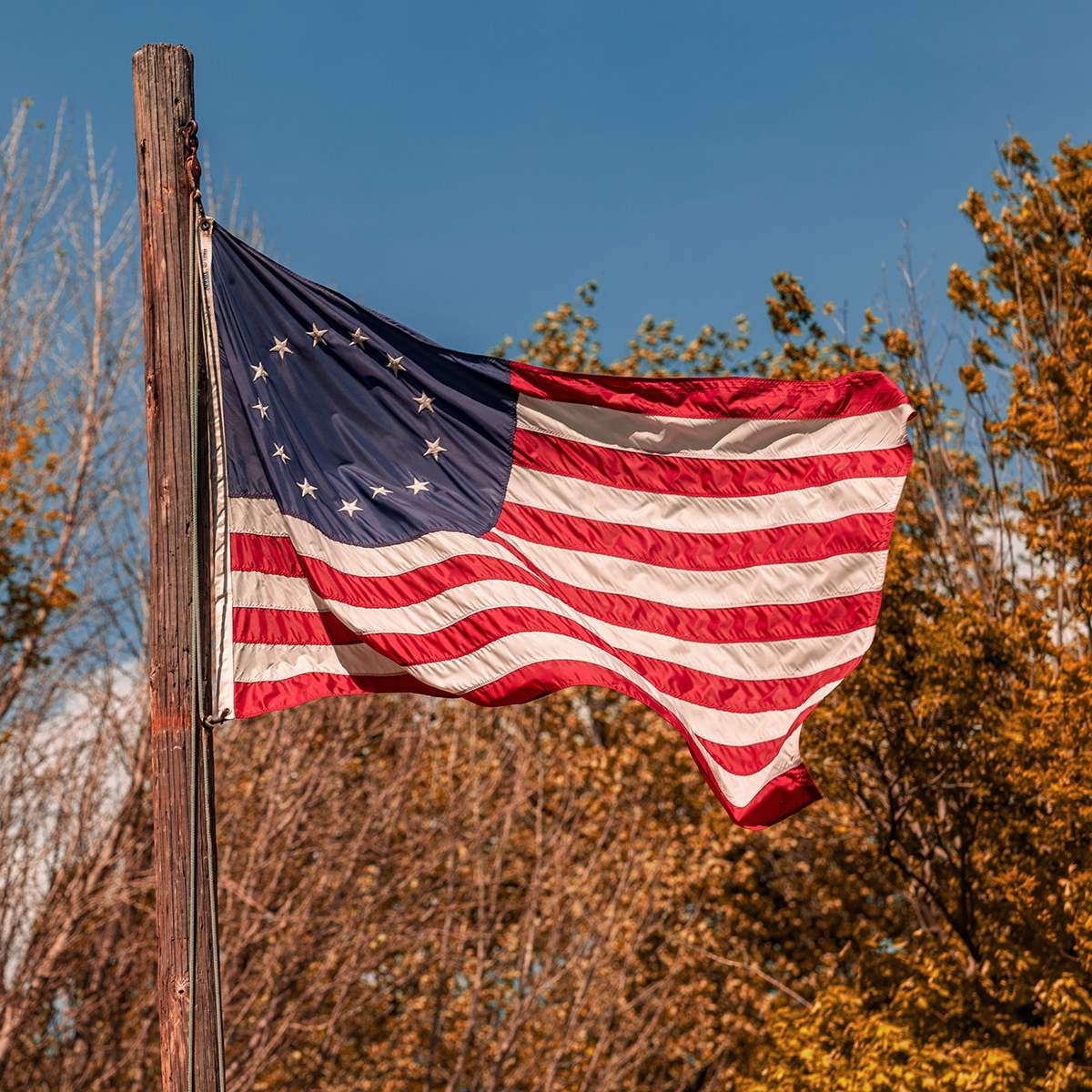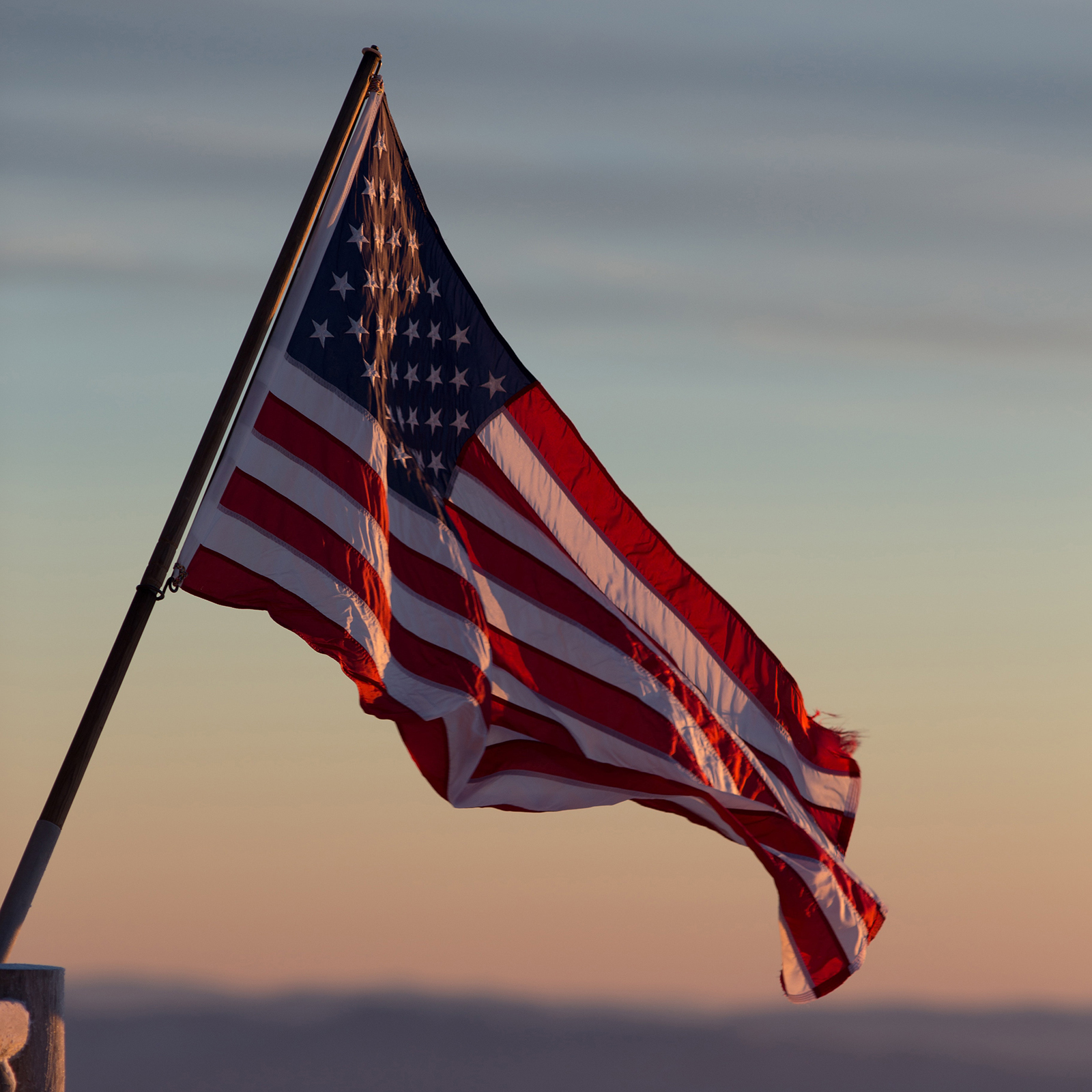
Flags have been used for centuries for identification, sending messages and inspiring unity in support of a cause, nation, religion or set of beliefs.
After the Continental Congress declared independence from Great Britain in July 1776, the newly formed United States of America needed a military standard and a symbol to rally around. It was only natural to approve a new flag, representing a new nation.
Therefore, on June 14, 1777, the Continental Congress resolved that “the flag of the United States shall be of 13 stripes of alternate red and white, with a union of 13 stars of white in a blue field, representing the new constellation.”
What is Flag Day?
Flag Day observes the anniversary of the adoption of the American flag. It is held yearly on June 14, the date of the original resolution.
Flag Day provides an opportunity to honor the flag and the freedoms it represents. It also promotes a sense of unity and patriotism among Americans.
What is the Origin of Flag Day?
According to the Connecticut State Library, Hartford resident Jonathan Flynt Morris first suggested the idea for a day to commemorate the flag in June 1861. The country had just been thrust into civil war and “the flag and the constitution were both on trial,” Flynt told Hartford Evening Press editor Charles Dudley Warner. Warner wrote an editorial calling for a national holiday to observe the flag.
The idea caught on, particularly in schools and municipalities.
When was the First Flag Day?
Wisconsin school teacher Bernard J. Cigrand is often given credit for holding the first Flag Day ceremony. In 1885, he urged his students to celebrate the “Flag’s Birthday.”
Another claim credits New York City Professor George Bolch for holding the first Flag Day ceremonies at his free kindergarten on June 14, 1889. The observance was later adopted by all New York public schools to help Americanize the numerous immigrant children flooding the city.
The U.S. Department of Veterans Affairs notes that Presidents Wilson and Coolidge both issued proclamations in support of a National Flag Day, but it wasn’t until 1949 that the national observance was signed into law.
American Flag Background

Most schoolchildren are familiar with the story of Betsy Ross, who is said to have designed the first American flag featuring red and white stripes with a circle of 13 stars. Some historians now believe this bit of flag lore is inaccurate. As a seamstress, Betsy Ross undoubtedly sewed flags, but she may not have designed our country’s first flag.
The Library of Congress credits Francis Hopkinson with the flag’s design. Hopkinson, a delegate from New Jersey who signed the Declaration of Independence, also designed the Great Seal and the country’s first coin.
The configuration of the American flag has changed numerous times over the years. Very early on, both stars and stripes were added to represent new states. So in 1795, after Vermont and Kentucky became states, the flag bore 15 stars and 15 stripes.
This is the version of the flag immortalized by Francis Scott Key’s “Star Spangled Banner” in 1814, which became America’s National Anthem.
America grew quickly and by 1818, it was decided to return the flag to its original 13 stripes, adding a star for each new state.
In total, the American flag has gone through 27 variations. Our current flag with 50 stars has been in use since 1960, the longest of any design, notes the American Battlefield Trust.
How to Display the American Flag

The following guidelines on displaying the American Flag were provided by the U.S. Department of Defense and the New York State Assembly.
- Display the flag from sunrise to sunset. The flag may be displayed at night only if properly lighted.
- Do not display the flag during bad weather.
- The flag should flow freely and never brush against any object or touch anything beneath it, including the floor.
- When displayed horizontally or vertically against a wall, the union (white stars on blue field) should be placed to the observer’s left.
- The flag should never be displayed upside down, except to signal distress or danger.
- The flag may be displayed any day, but especially during national holidays.
- The flag may be flown at half staff in times of national tragedy, when recognizing the death of a government official, military member or first responder, and before noon on Memorial Day.
- Only use flags in good repair. When a flag is worn, it should be destroyed in a dignified manner, preferably by burning.